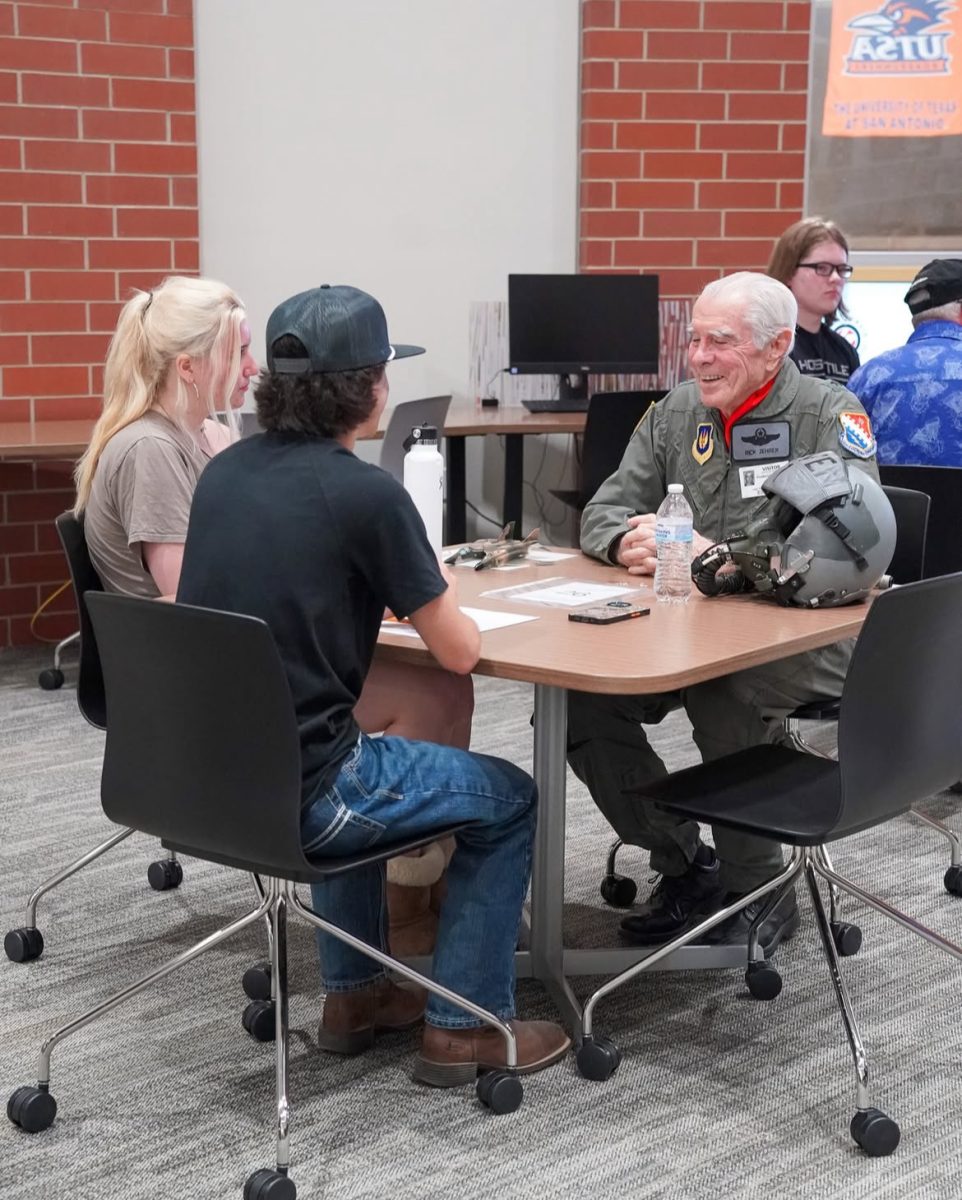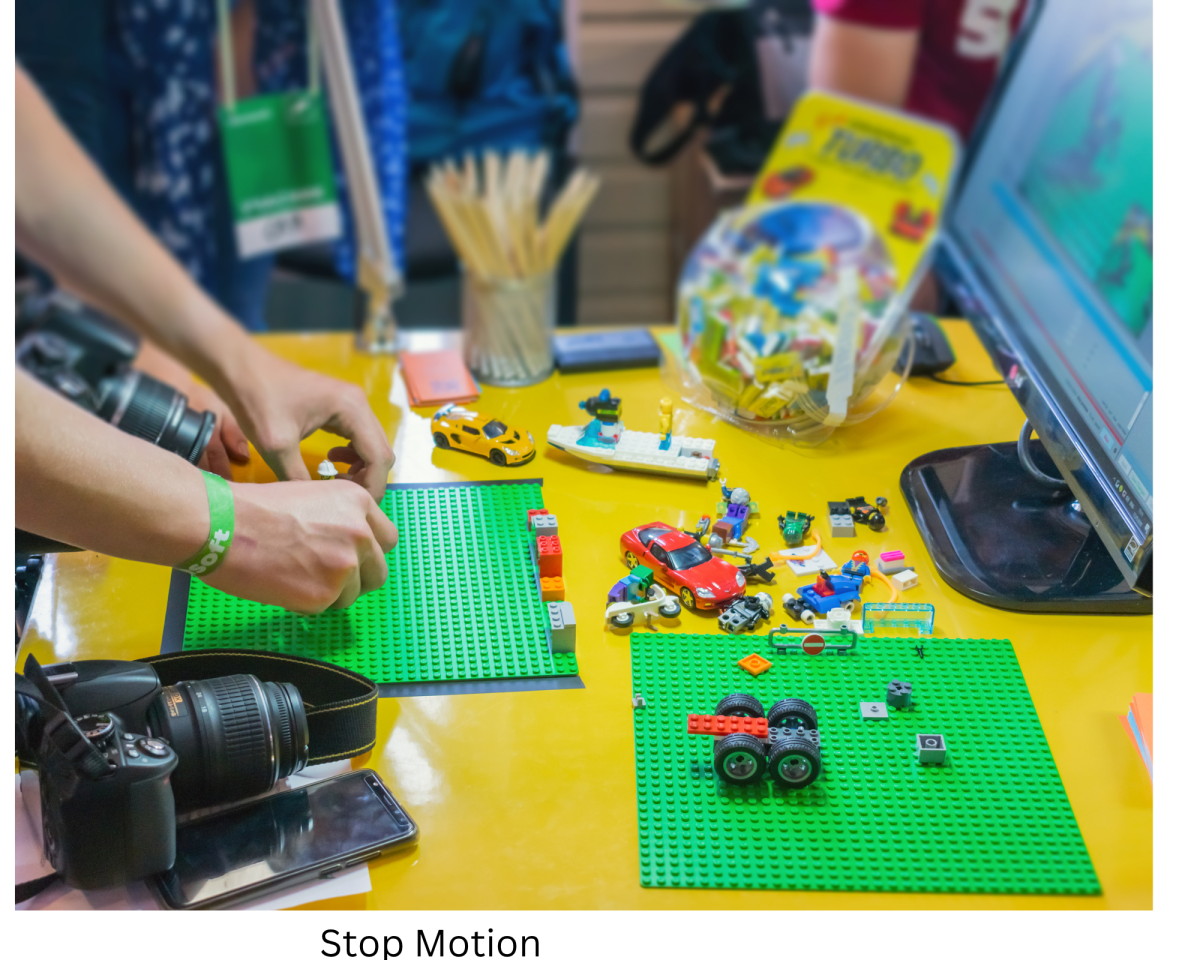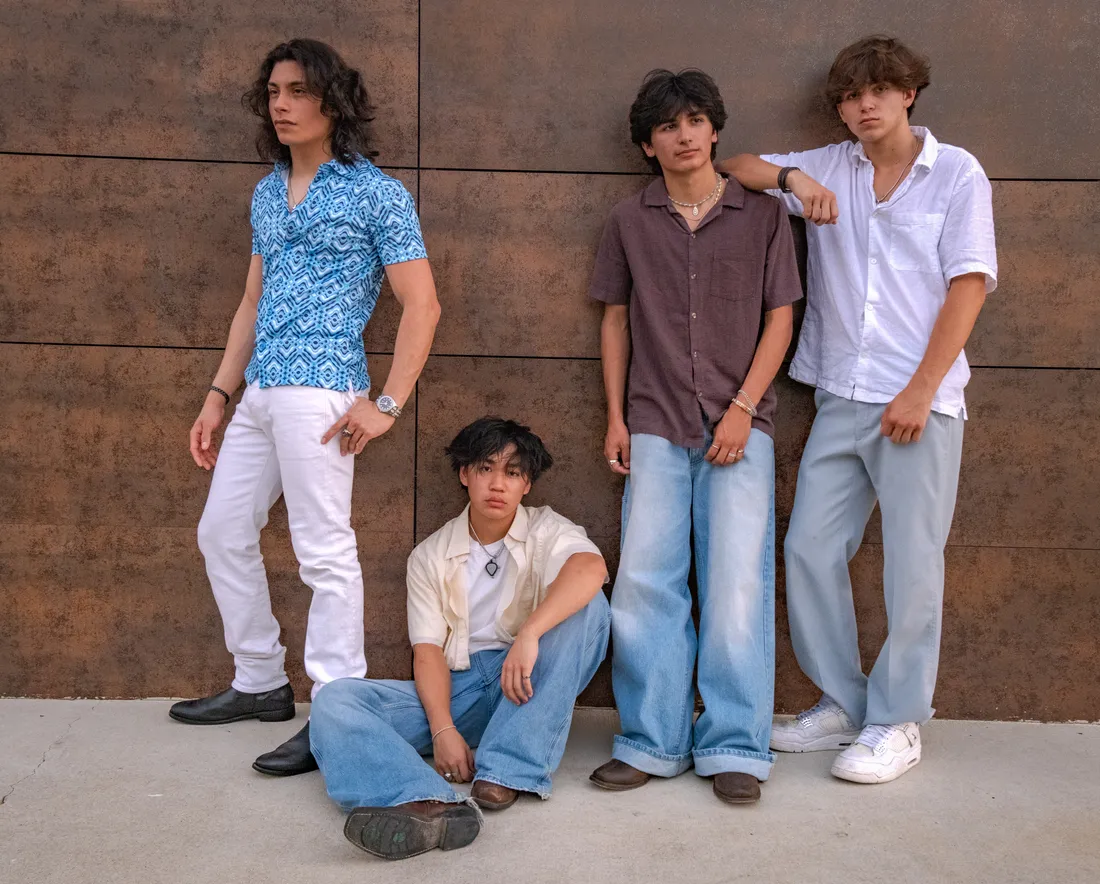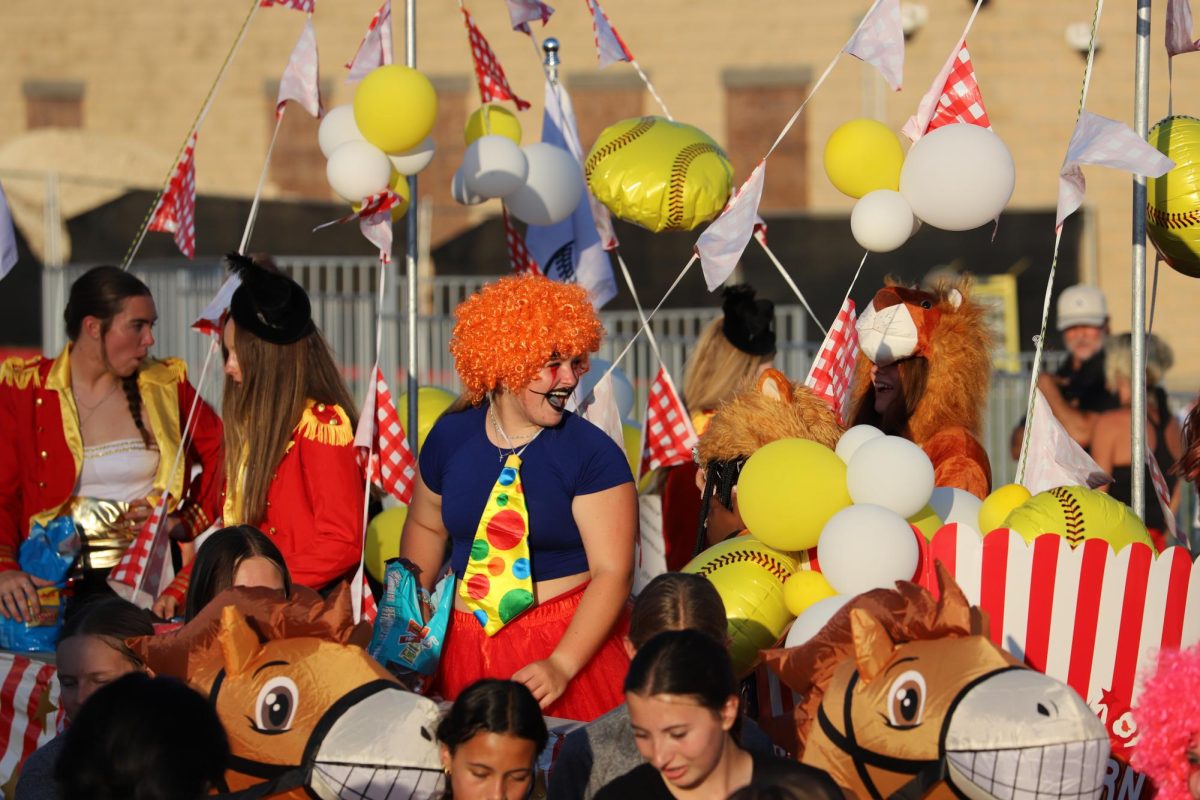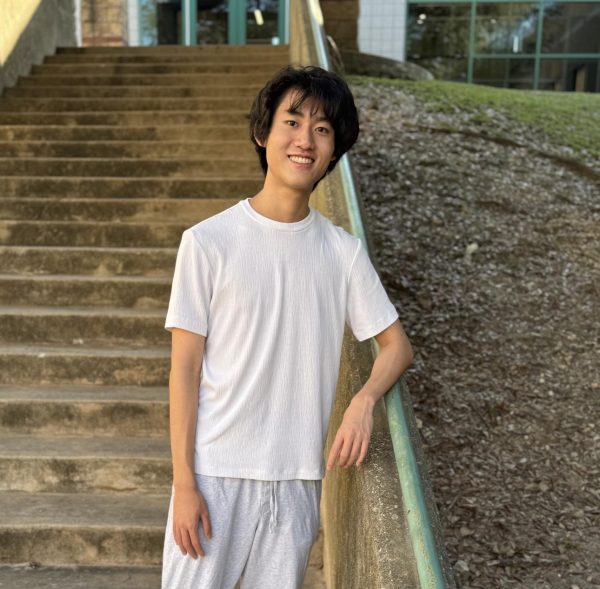If you’ve ever seen Coraline, The Nightmare Before Christmas, or even the quirky adventures of Wallace and Gromit, you’ve experienced the magic of stop-motion. Unlike traditional or computer-generated animation, stop-motion relies on a painstaking process: moving objects fraction by fraction, taking a photo, and repeating the process thousands of times until those still images become a movie.
The groundwork principles of stop-motion animation, which involve creating the illusion of movement by changing images in successive small changes, were being explored with inventions such as the Phenakistoscope and Zoetrope. These innovations eventually evolved into the first stop-motion film: J. Stuart Blackton and Albert E. Smith’s “The Humpty Dumpty Circus,” created between 1897 and 1898. Since then, the genre has only gotten more popular.
“Stop-motion as a whole has always interested me, especially in the way it can be expressed through different mediums,” said Senior Noah Martin, the social media manager of the Animation Club. “As a child I’d usually watch those Lego wars or battles and I still think those are awesome to this day. I imagine that those were the stepping stones for me to get into animation myself.”
At its heart, stop-motion is simple. It’s like going through a flipbook, but instead of drawings, filmmakers use real objects. Yet, creating even a few minutes of animation can take weeks or months. For example, professional studios often shoot as much as 24 frames per second, meaning every second of film requires 24 separate photographs of incremental movements. For the 2014 movie The Boxtrolls, only one or two minutes of animation could be completed in a week by the crew. Simply put, stop-motion is a painstaking process that requires undivided attention.
Despite these long hours, many students and artists are drawn to the craft because of its tactile, hands-on nature.
“I have so much respect for stop-motion animators. It’s one of the most accessible animation mediums, yet I’d consider it the hardest to truly master on a professional level,” said Senior Evan Mallows, who runs the Animation Club at our school. “Carving out intricate character rigs and environments and achieving believable VFX and lighting at such a small scale takes so much effort.”
With live-action, people are limited by sets, actors, and equipment, while stop-motion, and animation as a broader concept, allows you to bend the rules of reality. Characters can defy gravity, objects can transform, and alternate worlds can be built entirely on a table.
“I love seeing studios and indie animators push the limits of the medium, especially those behind-the-scenes videos,” said Mallows. “I think my favorite works from the medium would be Fantastic Mr. Fox or Guillermo Del Toro’s Pinocchio.”
Technology has also made stop-motion easier to do than ever. With just a smartphone camera, an app, and a lot of patience, students can create their own mini films at home. Some students use LEGO figures in a process known as ‘brickfilming’ while others experiment with clay and action figures.
Despite the allure of stop-motion, the Animation Club at Lake Travis High School remains relatively small. Yet members continue to persist and produce, meeting every Tuesday after school in Room D203. Anyone interested, regardless of experience, is welcome to join.



